Stay fit and safe during your workouts with the best pregnancy ab exercise to support your core throughout the trimesters.

Always consult with your physician before starting this or any exercise or fitness program. During your workout, if you feel dizzy, faint, lightheaded, short of breath, or any pain please stop and seek medical attention immediately. This information is not intended to replace medical professional advice.
There’s a lot of information about prenatal exercise. Usually, around the general rules and guidelines that mostly encompass what NOT to do. It can feel like you are so limited. I feel like all the advice I see is to do yoga, walk, don’t workout too hard, and quit doing ab workouts.
Although there are guidelines we want to abide by for safety during our prenatal workouts, we shouldn’t feel restricted or limited from doing what can also be beneficial for us. Abdominal exercise is a pretty standard part of any fitness routine. Unless otherwise specificied by your doctor, it should be a part of your prenatal routine, too.
Can I do ab exercises while pregnant?
When done properly during pregnancy, ab exercise is beneficial as it helps to improve core strength and pelvic floor support.
As with any exercise in pregnancy, as long as it is cleared by your physician and meets prenatal modifications, abdominal exercise can be done throughout pregnancy. The typical modifications and restrictions that are recommended for prenatal exercise are:
- Discontinue activities that increase risk of falling or direct impact to the abdominal area.
- Follow the “Talk Test.” Work at or below a moderate intensity that allows you to hold a onversation at the same time.
- Stay hydrated before, during, and after exercise.
- Be careful to avoid overheating during exercise.
- Follow a program/workout that is consistent with your capabilities.
Exercise is beneficial for women during pregnancy as it improves fitness, mood, and can help labor as well as recovery. Especially, abdominal exercise.
As you progress throughout pregnancy, your center of gravity, balance, body control, and biomechanics change. All of which affect your core and pelvic floor strength and stability. These muscle groups should be the focus of an expecting mom’s workout routine. According to The National Strength & Conditioning Association (2012) these muscles provide a basis for postural support and prepare a woman for labor.
A strong core and pelvic floor can help to minimize hip pain, back pain, and provide the strength to support you for labor.
Incorporating abdominal work into your fitness routine will have you feeling strong and supported. Check with your doctor, and start incorporating ab work into your workouts.
How long can you do ab workouts while pregnant?
You can do ab workouts throughout all three trimesters with the proper modifications and adjustments. Listen to your body and stay within your physical limitations.
Early pregnancy ab exercises
During the 1st trimester, you can typically continue your current routine and exercises.
Things like planks (standard, reverse, and side), 6 inches, a variety of crunches and most traditional ab exercises are often okay to continue. Check with your doctor to see if twisting exercises are safe for you. Even in early pregnancy, they should be done with caution if allowed.
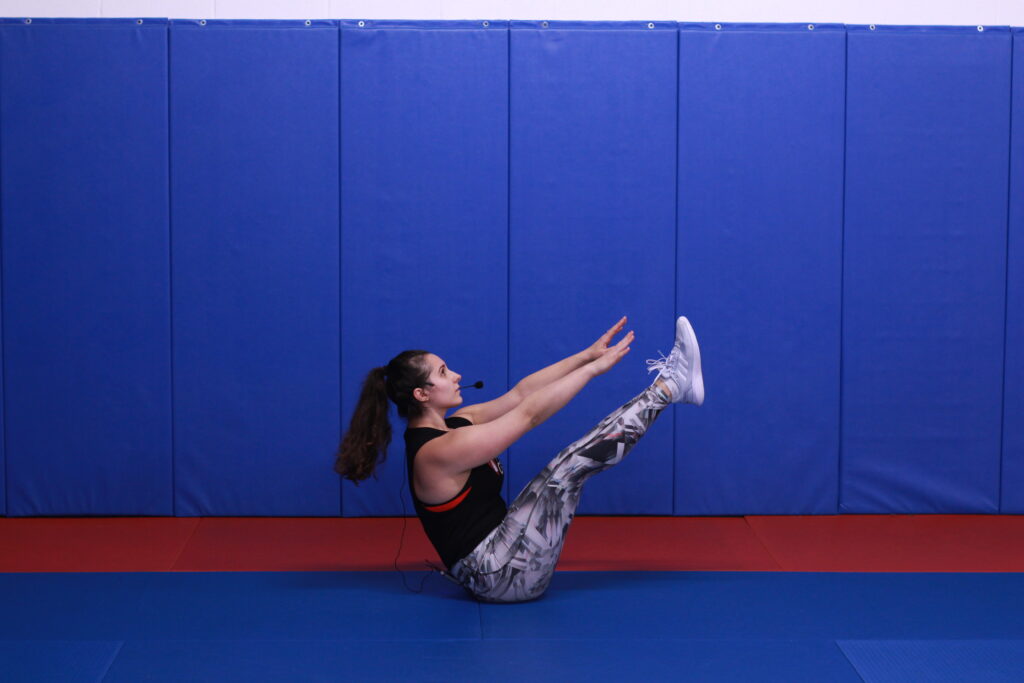
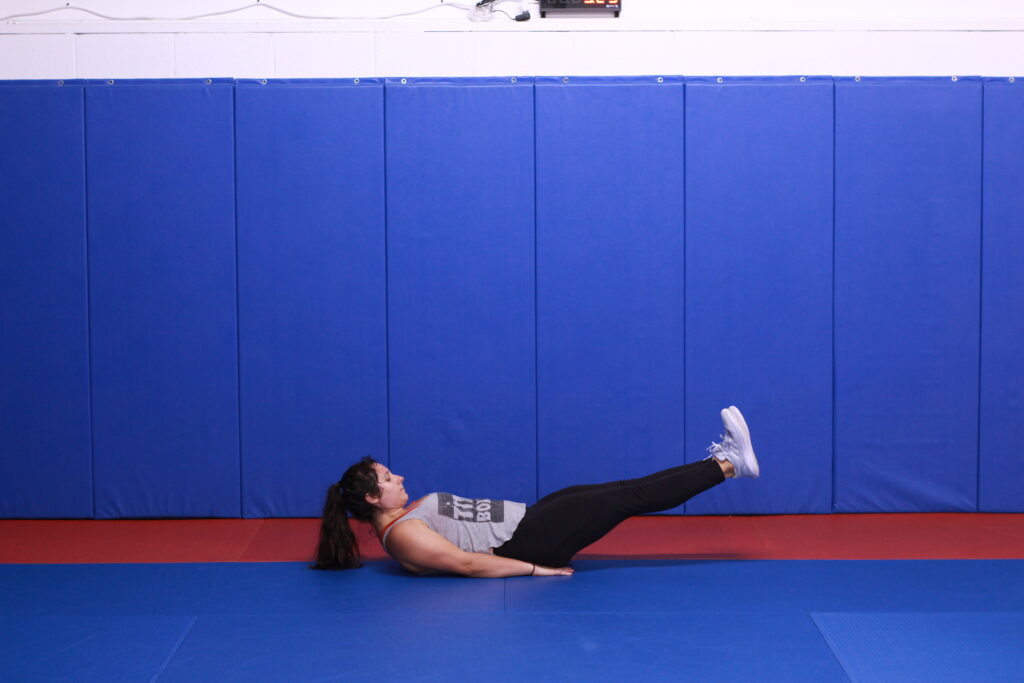
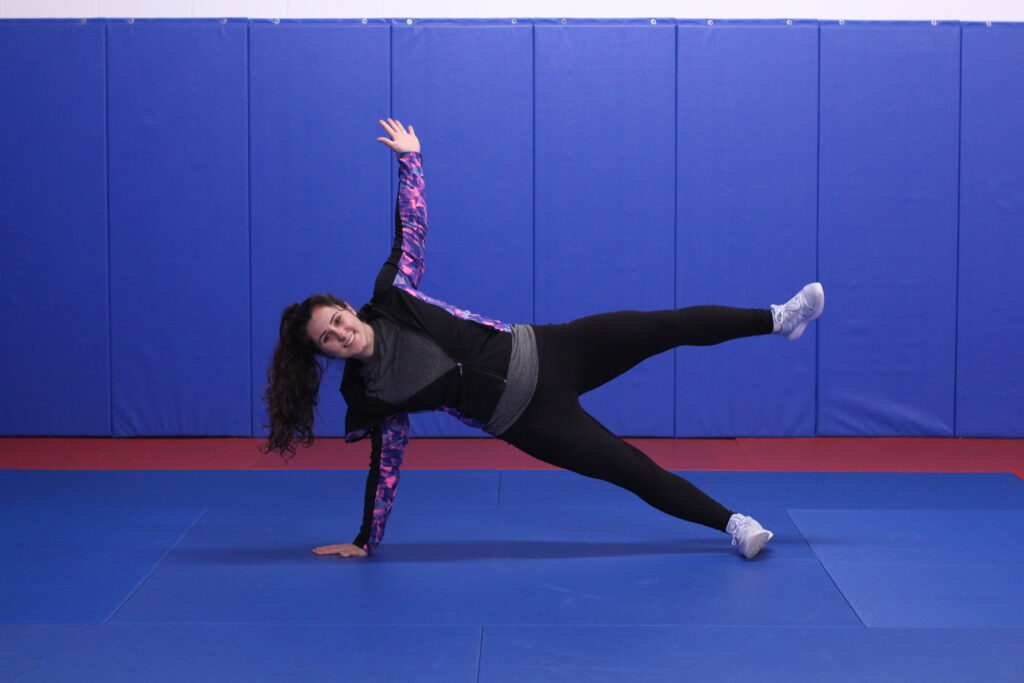
Most prenatal modifications that are recommended for ab exercise aren’t necessary until the 2nd trimester and on.
However, if you are “showing” early or have weak abdominals to begin with, you may need to modify sooner to eliminate “doming” of the belly. This happens when the abdominal muscles create a cone-like shape during flexion and can lead to muscular damage over time. Be sure to follow the general exercise guidelines I described above and be mindful of your specific response.
Late pregnancy ab exercise
Once you enter the 2nd trimester, your baby and belly have usually grown enough to compromise the stability and strength of your rectus abdominis muscles. These are the shallow “6-pack” abdominal muscles that you must refrain from targeting at this point in pregnancy.
Instead, focus on core exercise. Focusing on core strength is important for safety as well as providing postural support. Your core consists of the entire trunk of your body, think shoulders to pelvis.
The most effective core exercises during pregnancy are movements that strengthen the back, deep core, and pelvic floor while still requiring abdominal activation. Some of these include pelvic tilts, bent over rows, reverse flys, table top birddogs, table top push ups, and side bends.
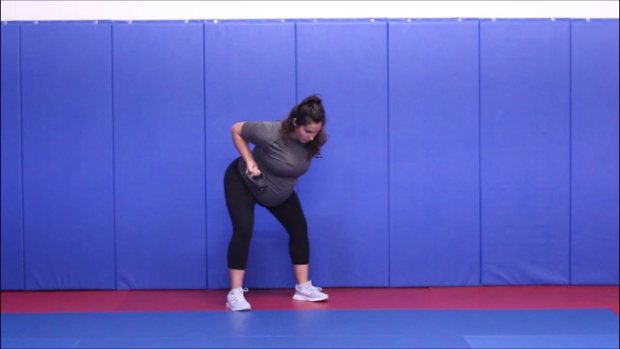
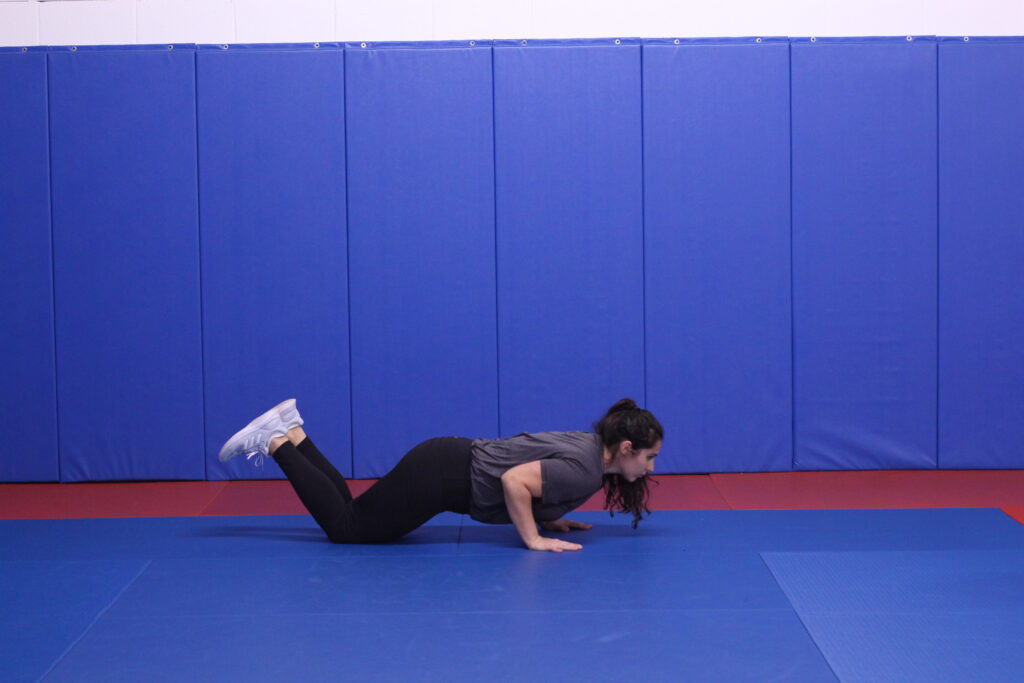
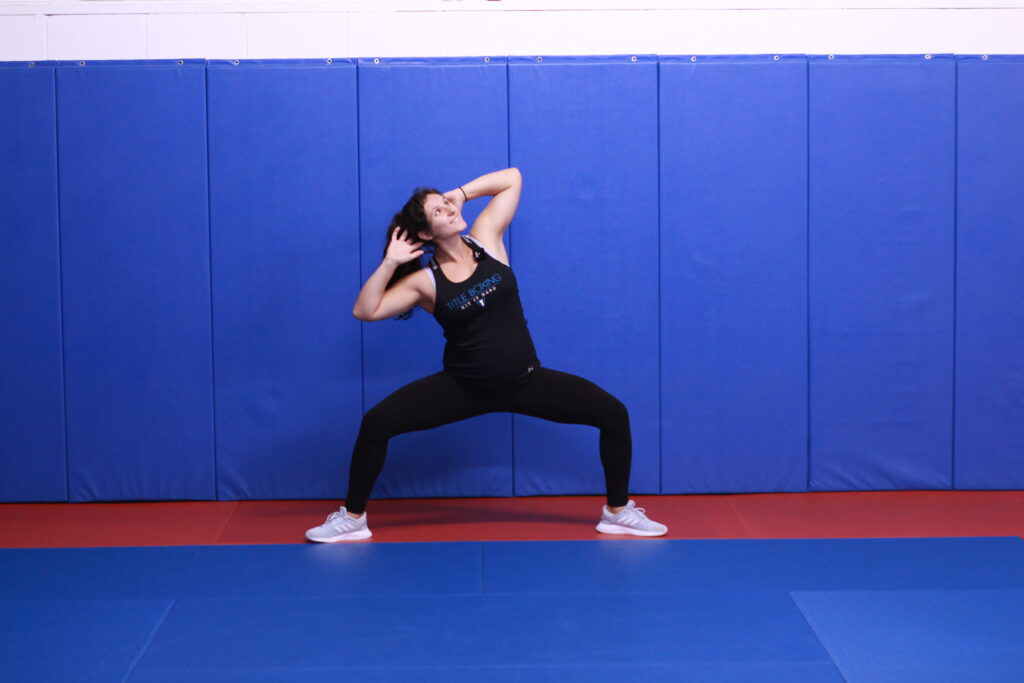
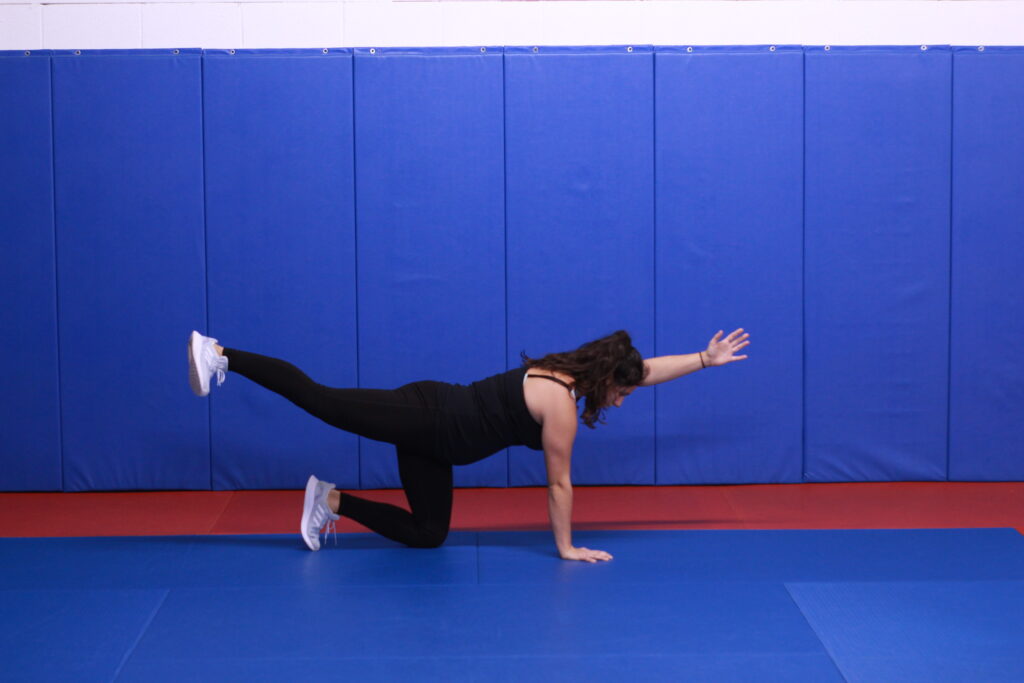
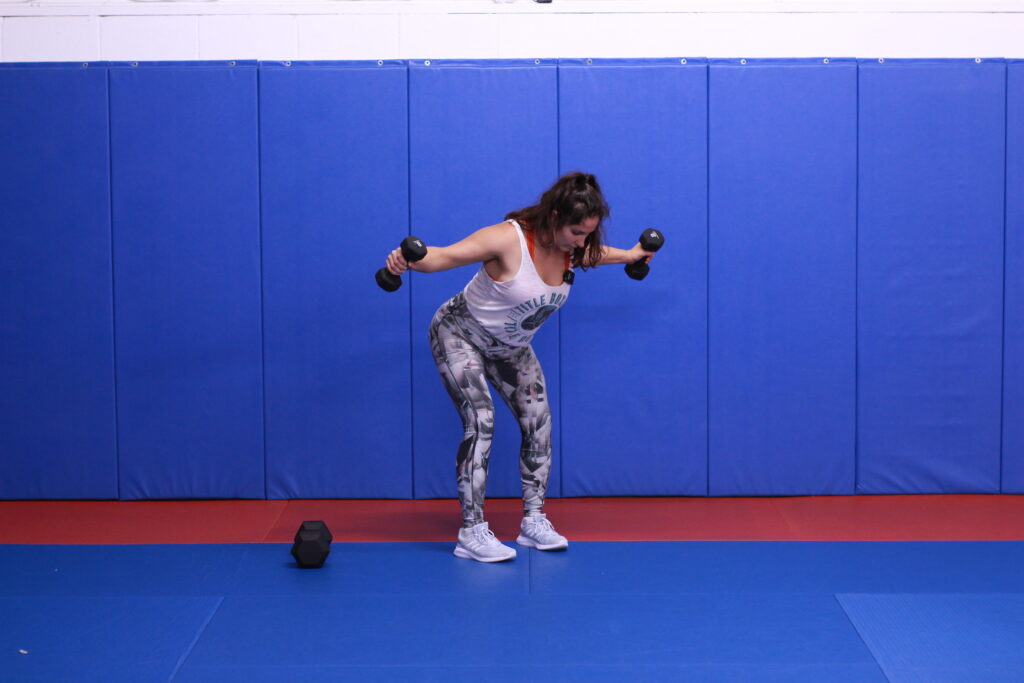
In fact, side planks are another effective and SAFE way to improve core strength and support in the third trimester. Side planks require your core to activate lateraly or in the frontal plane. They target your oblique abdominals and don’t increase intra-abdominal pressure. Plus, they are easily modifiable by keeping your bottom knee on the floor and/or manually supporting your belly with your top arm.
This may have you wondering, when should I stop planking during pregnancy? Planks are isometric holds that rely on the the inward activation of the transvers abdominis. However, the more weight being carried in the front of the body, the more stress that is placed on the lumbar. And if done to fatigue or improperly, flexion may start to occur.
Most women cannot and should not perform traditional planks in late pregnancy. However, there are many ways to modify the plank to make it prenatal safe throughout the trimesters. Doing planks on your knees, with your hands on a chair, or even with hands a wall can greatly reduce the intensity of the exercise while still maintaining effectiveness. Be sure to focus on deep core engagement and check for doming. You also want to adjust the duration of your planking by how quickly your core fatigues.

Late pregnancy core exercise
Although some modification may be required, most core exercises are safe in the third trimester. This is because they activate the deep core (transvers abdominis) muscles and are compound exercises that rely on other supportive major muscle groups as well. When the transvers abdominis muscles are strengthened, they support the spine as well as the pelvic floor muscles that support your growing baby.
For more guidance and explanation, I have an entire post about the importance of pregnancy pelvic floor exercise, so check it out!

In the meantime, you can join me for a Prenatal Safe Core Workout that I did in my third trimester! You can follow along as I modify and incorporate core exercises that are safe for pregnancy.
Ab workouts can quickly get boring, especially during pregnancy. That’s why I made a strength and cardio workout that targets abdominals to keep it interesting. Mix it up and try my Bodyweight Strength & Cardio Core Workout that is safe for all trimesters.
Unsafe ab exercises during pregnancy
Once you enter the 2nd trimester (sometimes sooner), your baby and uterus have usually grown enough to stretch, weaken, and compromise the strength and stability if your abdominals. At this point in pregnancy, we want to be careful about how we perform ab exercises to protect ourselves and avoid damaging the muscles, both short and long term.
Unsafe ab exercises during pregnancy include any form of crunches and sit-ups (especially performed on the back), intense back bends, exercises performed on the belly (think supermans), and exercises that require dissociated abdominal twisting (hips move separately from the shoulders).




However, with modifications many of these moves can be done safely while still activating the same muscle groups. Standing, sitting, or using a ball can be enough to adjust the intensity and mechanics of an unsafe ab exercise. For example, you can stand and march instead of reverse crunching on your back. Try table top birddogs or standing supermans versus on your belly. Use a ball to perform glute bridges or pelvic tilts versus the traditional supine position. You can even rotate, just be sure to maintain alignment in the shoulders and hips.

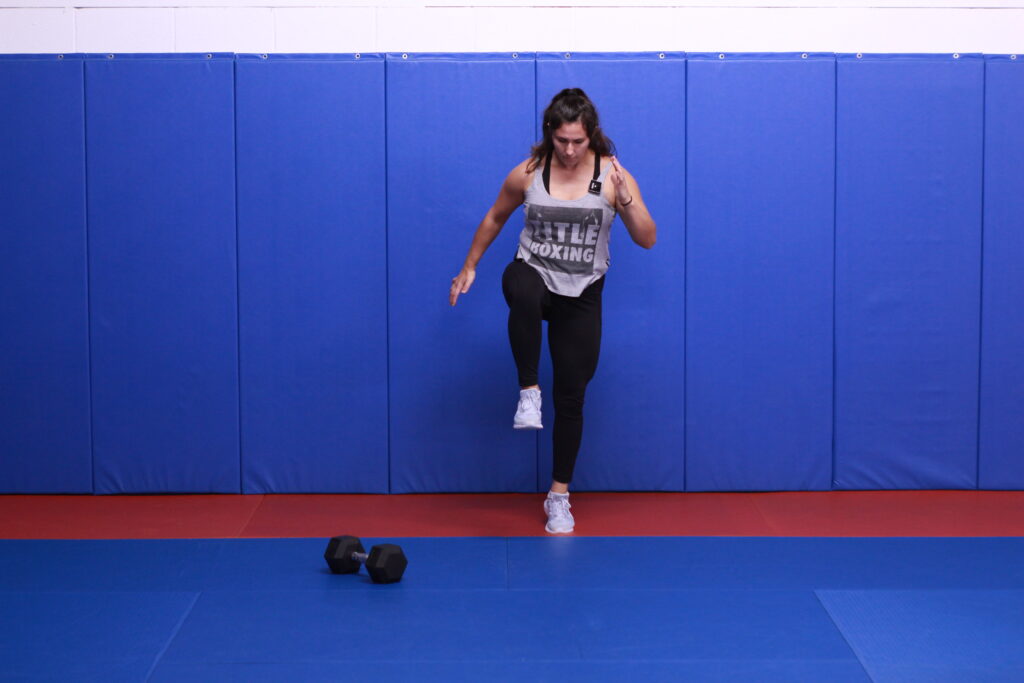
Why can’t you do crunches while pregnant?
You may have heard more than once to avoid crunches during pregnancy, but why?
This is because ab exercises that require intense flexion of the rectus abdominis (like crunches or sit ups) increase intra-abdominal pressure (IAP). As we progress through pregnancy, our IAP naturally increases, separating the rectus abdominis muscles. Although separation is natural and usually heals on its own during recovery, too much IAP can cause separation to become so severe that it does not heal and remains long term. This is referred to as Diastasis Recti.
When this happens, there is not enough strength, stability, and support in the core. This can cause muscular imbalances, pain, and poor posture that can affect your everyday life. That is why we want to be careful to minimize/eliminate intra-abdominal pressure during our prenatal workouts.
I personally suffered from this after my first pregnancy. Although it was a mild case, I struggled with long term pain in my lumbar that caused spams and hip pain. But with intentional training and consistent effort, I was able to Correct Diastasis Recti FOR GOOD.
Another reason you must avoid crunches during pregnancy is because they are a supine (back lying) exercise. According to the National Strength & Conditioning Association (2012), “this position reduces cardiac output and may cause supine hypotensive syndrome” (p. 478). Due to the increased size and weight of the uterus in 2nd trimester, we want to avoid supine exercises because it restricts venous return of the blood to the heart (NSCA 2012).
Taking the right precautions during pregnancy ab exercise can reduce problems down the line and help improve comfort and boost confidence after baby.
Do abs go back to normal after pregnancy?
Speaking of your body after baby, what about the abdominals? Are you destined to mommy pooch just because you had a baby? I’m assuming that you’re interested in pregnancy ab exercise to begin with because you are concerned about this very outcome. It will take consistency and intentional effort, but you don’t have to have “mom bod” after.
Your abdominals were stretched for 5+ months. Expect them to take just as much, if not longer, to look “normal”. This is especially true if you have Diastasis Recti.
You can’t expect them to look just as they did before you were pregnant right after having your baby. Just like any muscle, we have to activate and strengthen to tone our muscles. Right after pregnancy, our abdominals are still relaxed and weak. With consistent effort over time, resistance training will gradually build the tension in your abs to bring them back into position.
Give yourself grace and appreciate your body for what it has just done! We don’t expect overnight results in a traditional exercise program, you shouldn’t with your abdominals either.
Post pregnancy ab exercise
During your recovery period (initial 6+ weeks), your abdominals will get quite a bit of work just from your day to day life. Things like breathing, holding your posture, holding baby, bending over, getting up and down, etc all require abdominal activation. Your deep core muscles (transvers abdominis) will be supporting your spine and posture without you doing any extra work.
Once you are finally cleared to return to exercise, focus your postpartum routine on rebuilding pelvic floor and core strength. I have an entire post (and video demonstrations!) on the two essential ab exercises needed after baby.
As you improve your abdominal strength, you will need to vary and change your post pregnancy ab exercise. Just as you would with any fitness goal, in order to grow stronger, you need progressive overload. Join me to learn the principles to effectively program what exercises and how often ab workouts should be done depending on your recovery and progress.
If you would like a more structured exercise routine designed for new moms, check out my Postpartum Early Recovery Program. An entire 4-week exercise program for women that are looking to gradually rebuild their fitness in a safe format. See you there!
References
(2012). NSCA’s Essentials Of Personal Training (J. W. Coburn & M. H. Malek, Eds.; Second, pp. 477–479) [Review of NSCA’s Essentials Of Personal Training]. Human Kinetics. (Original work published 2004)

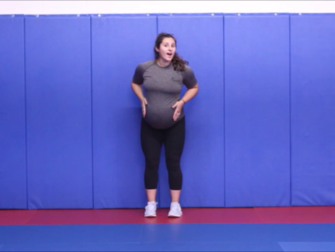
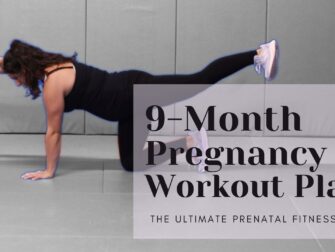
Thanks for this! I’m 17 weeks pregnant with baby #4, and reminding myself of what is safe and isn’t and how to modify my workouts, and this was super helpful and informative!
I’m so happy to help! stay safe during your pregnancy!
This is so helpful! I have four children and never really knew what to do to keep my core strong. I think this is a great post for mamas!
Thanks, I am glad you found it helpful!!